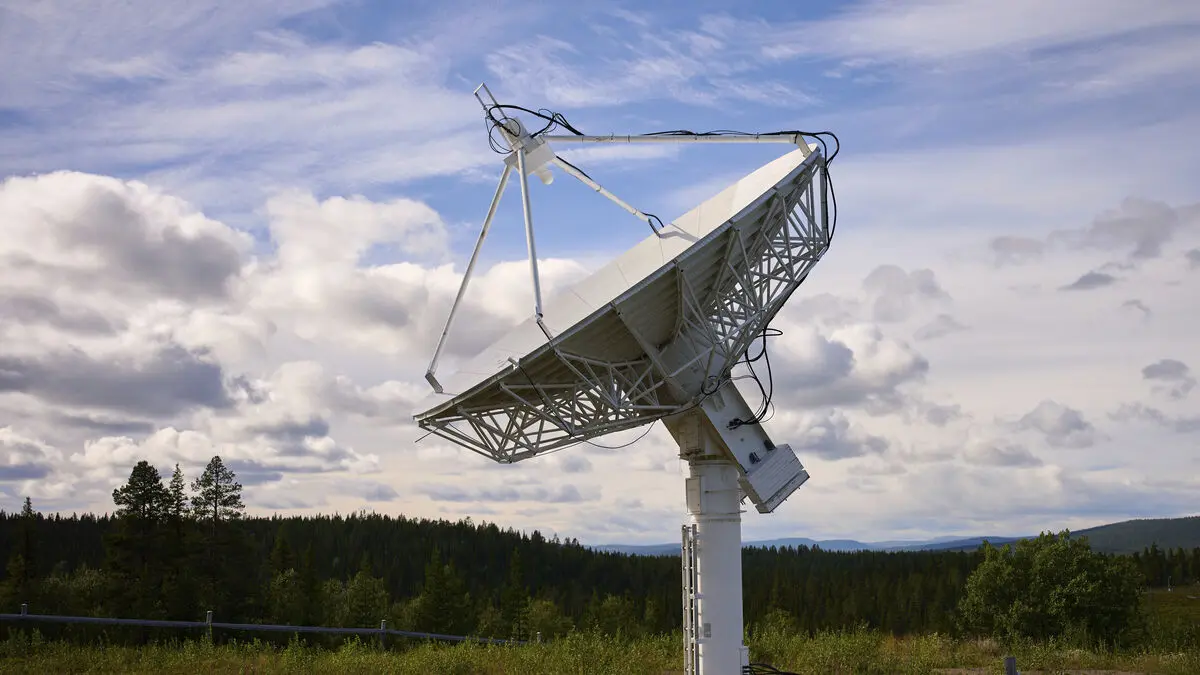22.1 billion euros (equivalent to 243 billion kronor). ESA Director General Josef Aschbacher had difficulty finding the words at times when he presented the contributions from the member states at a press conference in Bremen, Germany, where a ministerial meeting was held for two days.
The minister received the money he requested for the upcoming three-year period. Usually, the final amount is around 90–93 percent of what was requested.
"When I saw the numbers, I could hardly believe it. It was very emotional and I would like to say a big thank you to you for achieving something so unique and important," he said.
Aiming for the moon
The money will go to everything from space security programs to the Earth monitoring program Copernicus. If Aschbacher has his way, his eyes will also be set on Saturn's moon Enceladus.
We would like to fly there on a mission, land with probes and search for traces of life, he says.
Under a hundred kilometers of ice layer there is a liquid ocean.
"And as we know from Earth, life is possible in darkness, without oxygen, without light. It could exist on one of these moons, and that's something we want to find out," he says.
ESA's funding is based on mandatory contributions to some areas and voluntary contributions to others.
Investing in a GPS competitor
Sweden contributes a total of one billion kronor annually. This will be used, among other things, for the LEO-PNT satellite navigation system.
"Usually the satellites are quite high up, but these will be in lower orbits, which makes it more difficult to disrupt them. We have a normal picture out in the Baltic Sea with quite severe disruptions (on the GPS system), says Ella Carlsson.
One area that received more money than ESA requested was transportation, which according to Christian Hånberg, the Swedish Space Agency's head of industrial policy, will be used to develop smaller, flexible rockets. This is something that could benefit the Esrange space center in Kiruna.
Two companies are currently conducting their tests at Esrange already. Nothing is certain, but it is certainly not impossible, he says.





